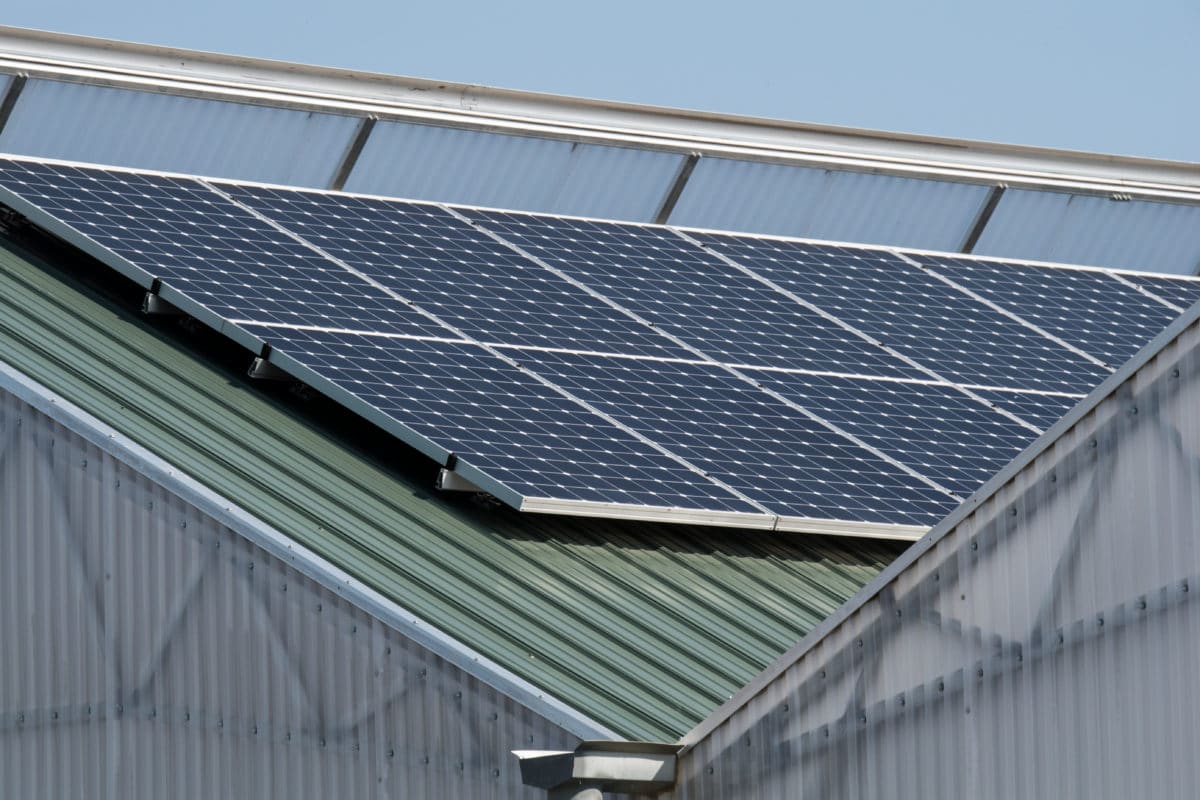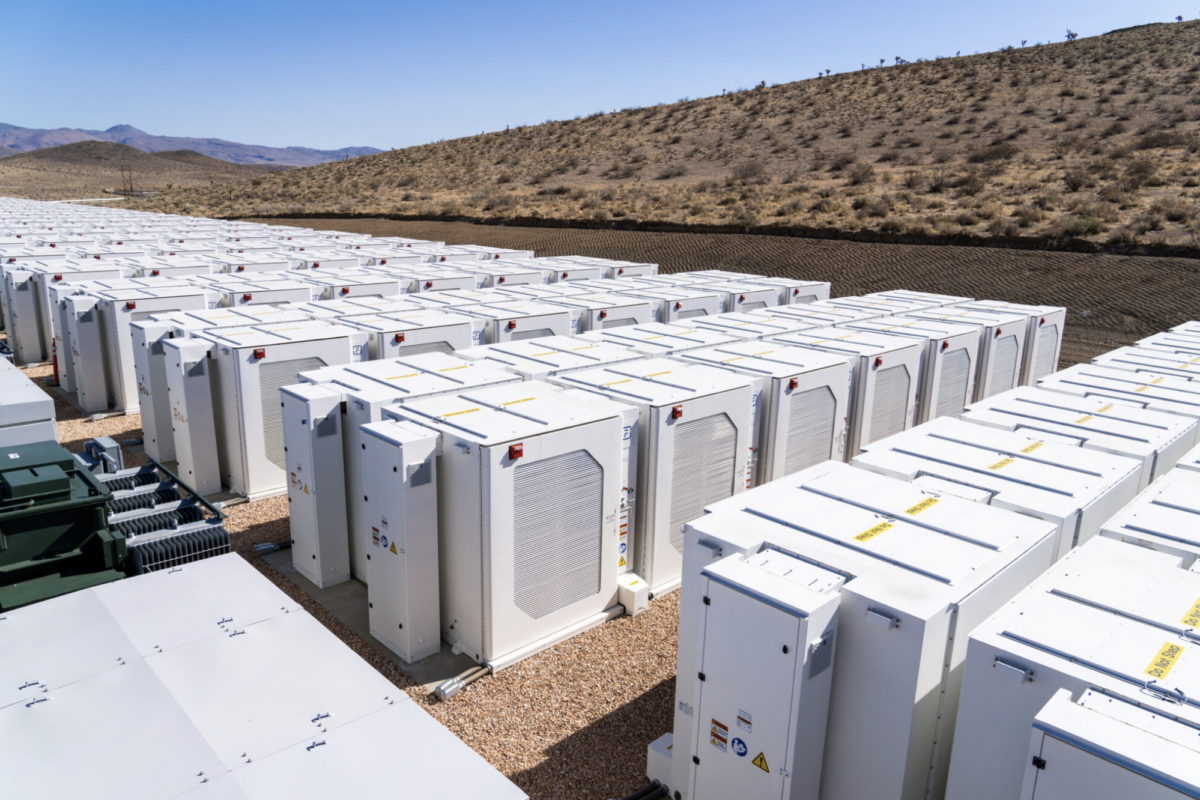A British-Nigerian research team has developed a model to design PV systems coupled to gravity-based energy storage systems.
The scientists explained that the proposed concept, described as a multi-state energy conversion system, builds upon the experience gained in previous research with pumped-hydro gravity storage systems, compressed air gravity storage, suspended weight in abandoned mine shafts, dynamic modelling of gravity energy storage coupled with a PV energy plant, and deep ocean gravity energy storage. “Essentially, this research is geared towards designing a storage system using non-conventional methods and radical ideas with little similitude to previous research but totally different in functionality,” they affirmed.
The research team built their experimental system with a solar power generator; a bulk booster charge controller; an inverter; a solenoid device – which is a coil of wire used as an electromagnet; a deep cycle battery; a pulley block; a geared motor; a microcontroller; and wire ropes.
The battery is not used primarily for storage purposes but only for smoothing out the system's power output. It is connected to an inverter which, in turn, is connected to AC loads. “The life span of the battery in this proposed storage system will be longer, since the battery utilized here will have a constant output hour duration,” it warned.
The solar panels are connected via a diode to a charge controller that regulates the charges supplied to the deep cycle batteries and the electric geared motor. The latter is mounted on a foundation on the roof, which in turn opens into a hollow shaft connected to an intermediate pulley made up of two grooves. “One act[s] as the string wrap that carries the dead weight which falls under gravity when the solenoid retracts the geared motor shaft from the pulley shaft, while the other connects to the dynamo pulley via a flat belt,” the academics explained. “Then, the dynamo is connected to the battery via cables of considerable length, to avoid losses that may arise due to length and [the] resistivity of the cables used.”
Through a series of simulations the researchers found that, due to its high electrical requirements, the system needs to rely on high-power solar modules with an output of over 500 W, and suggested that a combination of multiple panels may be necessary for regions with low solar radiation levels. “This essentially proves the importance of effective utilization of this energy potential in continent[s] like Asia or Africa, with long sunlight stretches, as they will require [a] limited amount of panels, consequently reducing the cost incurred on [the] purchase of PV cells during set-up,” the researchers further explained, noting that raising of the weight and charging the battery requires a considerable amount of energy.
Africa is considered an ideal location, not only for its sunlight potential but also for the large amount of metal scrap materials it hosts, which can be converted to suspended weights at reasonable cost. “The unique characteristic of this system that makes it versatile, is the fact that it is not restricted to a particular land topographical reference or expensive component design materials,” they concluded. “Subsequent optimization of the design and sizing of this storage method might enable the gravity storage approach to compete favorably with current storage solutions already in the market.”
A complete description of the system can be found in the paper Gravitricity based on solar and gravity energy storage for residential applications, recently published in the International Journal of Energy and Environmental Engineering. The research group comprises scientists from the De Montfort University in the United Kingdom, and the Ahmadu Bello University in Nigeria.
This content is protected by copyright and may not be reused. If you want to cooperate with us and would like to reuse some of our content, please contact: editors@pv-magazine.com.




Good morning sir, I would like to know more about solar energy Thanks
Emiliano B. You are the GREATEST. Power house of PV info.
66×10^4 m is 660km, or about 260km higher than the International Space Station. That’s the height of their proposed energy storage system according to the paper.
Gravity is the weakest of the four fundamental forces. You need enormous mass and height to store energy. That’s why pumped hydro is millions of tonnes, and gravity proposals are looking at dropping thousands of tonnes thousands of meters.
The formula for gravitational potential energy in kwh is mgh/3600000. So for 1kWh of storage and a 10m elevation (about 2 stories) you’d need a 40 tonne mass. If that block were made out of iron it would be about 5m^3 or a cube about 1.7m on a side, made of solid iron.
40 tonnes of scrap iron is worth around $20,000.
So this is a very large and expensive battery. You can get a lead acid 1kWh battery/inverter pack for around $200.